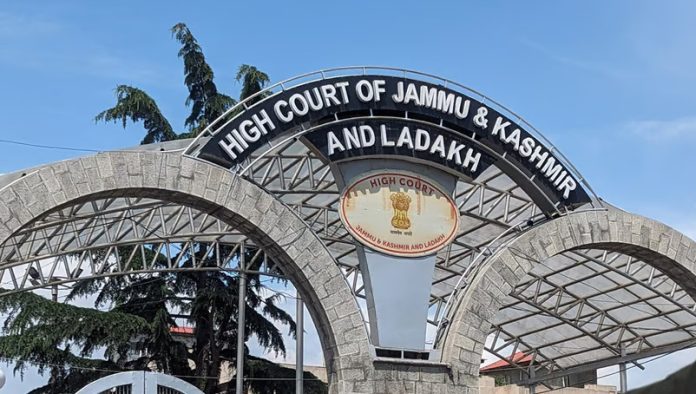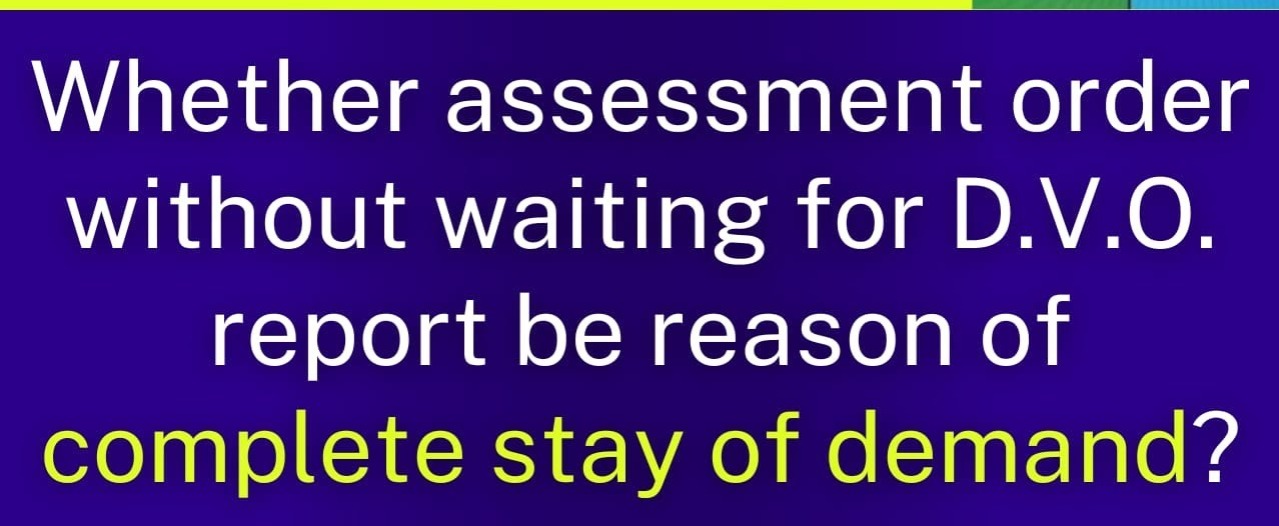Ram Prasanna Sharma, J
1. This acquittal appeal is directed against the judgment dated 31.7.2008 passed by Second Additional Sessions Judge (FTC), Mungeli, Session
Division Bilaspur (CG) in Session Trial No. 13/2007 wherein the said Court acquitted the respondent for commission of offence under
Sections 302, 201, 404 of the Indian Penal Code for causing murder of one Dipak Khandekar in the intervening night of 10.02.2007 and
11.02.2007 at Village Bodthara and also causing disappearance of the evidence of the said offence, dishonest misappropriation of property
possessed by deceased person at the time of his death and for commission of offence under Section 25(1B)(a) of the Indian Arms Act for
illegal possession of fire arms and ammunition.
2. As per the prosecution case, dead body of deceased Deepak Khandekar was found near a canal at Village Bodthara who was the Head
Constable of 4th Battalion S.A.F. Mana and was missing from duty with Carbine and Megzine. The matter was investigated by the Police and
during investigation, Carbine and Megzine were found in possession of the respondent and he was also in possession of other articles of the
deceased. After completion of investigation, charge sheet was filed, the accused respondent did not plead guilty and the trial was conducted.
After completion of trial, the trial Court acquitted the respondent as aforementioned.
3. Learned counsel for the State submits as under:
(i) From the seizure of fire arms and other articles, it is established that the respondent is the author of the crime but the trial Court gave
weightage to the immaterial omissions appeared in the evidence.
(ii) From the statement of ballistic expert, it is established that fire arms was in order and sanction for prosecution was also proved, but the
trial Court finally acquitted on illegal assumption that the place from where the fire arms were seized is not in exclusive possession of the
respondent.
(iii) The respondent has not offered any explanation under Section 313 CrPC and not discharged his burden under Section 106 of the Evidence
Act and there is presumption against the respondent as per Section 114 of the Evidence Act.
4. We have heard learned counsel for the State and perused the record.
5. Case of the prosecution is based on seizure from the respondent. As per Sub Inspector Lalchand Mohale (PW-24), he seized one Carbine
cartridge and one country made revolver cartridge from village Kolkgadi, but from the evidence it is clear that barn, from where the arms
were recovered, is in possession of the respondent and his father and the same is not in exclusive possession of the respondent and therefore,
the trial Court was not in a position to conclude that the place was in exclusive possession of the respondent and articles were seized from
him.
6. Apart from seizure, the prosecution is based on the statement of some witnesses who deposed regarding conspiracy of murder of Deepak
Khandekar. As per the version of Uma Bai (PW-9), her father-in-law Mangal Singh and brothers-in-law (Devar) Ishwar and Ganesh
(respondent) were not at home and at the same time she heard that there will be a murder on that day. Version of this witness is not clear as
to who was talking about whom and what was the subject matter of the conversation. Any conversation in telephone between other two
parties is hearsay evidence so far as it concerns to Umabai (PW-9). Hearsay evidence is not received as relevant evidence. In Kalyan
Kumar Gogoi vs. Ashutosh Agnihotri reported in (2011) 2 SCC 532, Hon'ble the Supreme Court has held as under:
(a) the person giving such evidence does not feel any responsibility. The law requires all evidence to be given under personal responsibility,
i.e., every witness must give his testimony, under such circumstance, as expose him to all the penalties of falsehood. If the person giving
hearsay evidence is cornered, he has a line of escape by saying ""I do not know, but so and so told me"",
(b) truth is diluted and diminished with each repetition and
(c) if permitted, gives ample scope for playing fraud by saying ""someone told me that..........."". It would be attaching importance to false
rumour flying from one foul lip to another. Thus statement of witnesses based on information received from others is inadmissible.
7. The evidence of Uma Bai (PW-9) regarding conversation in telephone is inadmissible in evidence and the same is not to be acted upon as
per the Evidence Act. Uma Bai (PW-9) further deposed that commission of murder of Deeapk Khandekar was suspicious and she stated
about her suspicion during her statement recorded by the police. From the entire evidence of this witness it is revealed that there was some
suspicion in the mind of this witness but it is settled law that suspicion however strong cannot take place of proof.
8. The fire arms which were seized in the present case were not sealed because there was no evidence regarding sealing of the seized
articles, the prosecution was under obligation to prove that the seized articles were sealed on the spot and the same was kept safely in
Malkhana of the Police Station and again the same was sent to the District Magistrate for sanction. As per the statement of Shatrughan Singh
(PW-16), who was the clerk, fire arms were not produced before the sanctioning authority and that creates a suspicion of safe custody of the
seized fire arms.
9. Evidence is adduced that the respondent, his brother Ishwar and other members of family have agreed for the marriage of their sister
Sarojini with the deceased that is why they had called the respondent, but apart from the bald statement there is nothing on record to show
what happened thereafter. If they wanted to perform the marriage of their sister with the deceased, the same goes against the prosecution
case and in that situation no one will cause harm to a person who is going to be a near and dear relative. In the cases based on circumstantial
evidence links should be meted out to form a complete chain. In the matter of Jaharlal Das vs. State of Orissa (1991) 3 SCC 27, it is held by
the Hon'ble Apex Court as under:
The circumstantial evidence in order to sustain the conviction must satisfy three conditions:
(i) the circumstances from which an inference of guilt is sought to be drawn, must be cogently and firmly established;
(ii) those circumstances should be of a definite tendency unerringly pointing towards the guilt of the accused
(iii) the circumstances, taken cumulatively, should form a chain so complete that there is no escape from the conclusion that within all human
probability the crime was committed by the accused and none else, and it should also be incapable of explanation on any other hypothesis than
that of the guilt of the accused.
In cases depending largely upon circumstantial evidence there is always a danger that the conjecture or suspicion may take the place of legal
proof and such suspicion however so strong cannot be allowed to take the place of proof. The court must satisfy itself that the various
circumstances in the chain of evidence should be established clearly and that the completed chain must be such as to rule out a reasonable
likelihood of the innocence of the accused. When the main link goes, the chain of circumstances gets snapped and the other circumstances
cannot in any manner establish the guilt of the accused beyond all reasonable doubts. It is at this juncture the court has to be watchful and
avoid the danger of allowing the suspicion to take the place of legal proof for sometimes unconsciously it may happen to be short step
between moral certainly and the legal proof. At times, it can be a case of 'may be true'. But there is a long mental distance between 'may be
true"" and ""must be true"" and the same divides conjectures from sure conclusions.
In the case in hand, not a single link was satisfactorily established before the trial Court and therefore, the finding arrived at by the trial Court
cannot be termed as perverse. We are in agreement with the view of the trial Court. Thus the appeal fails and is hereby dismissed.

